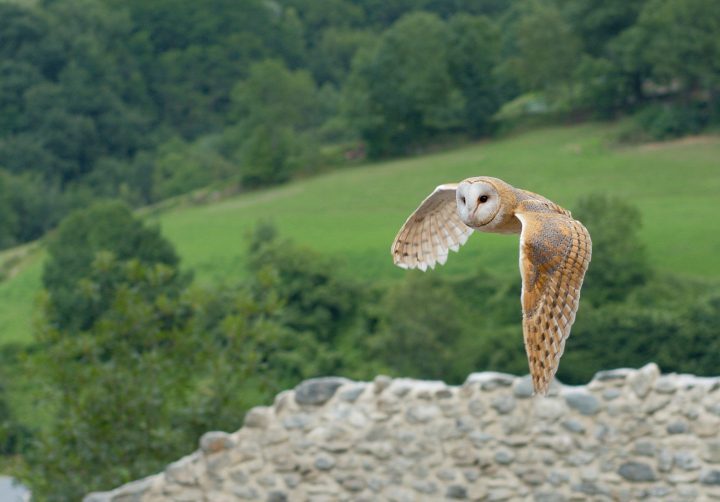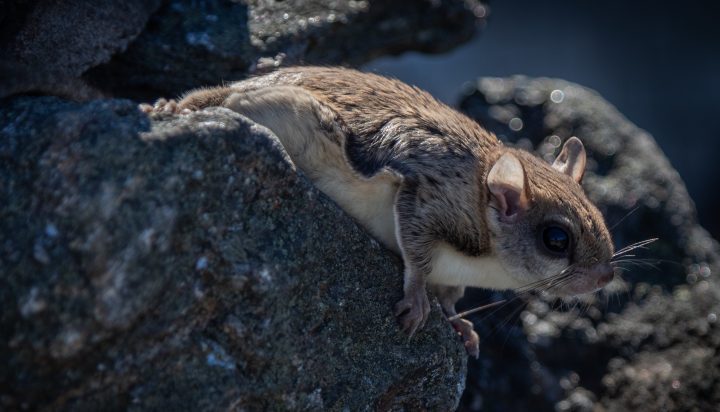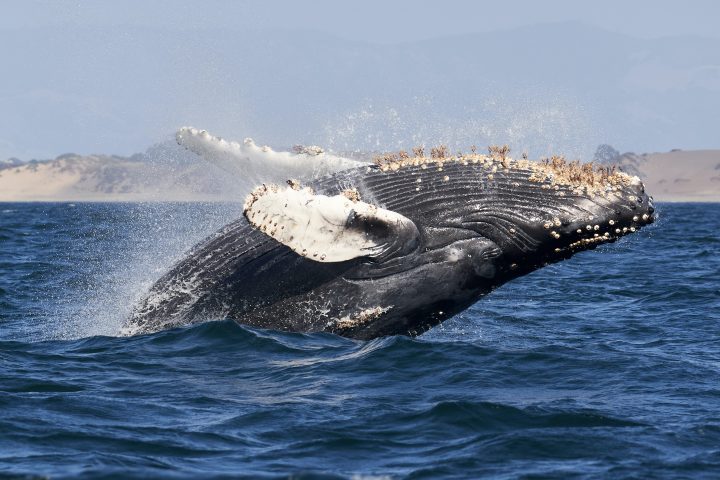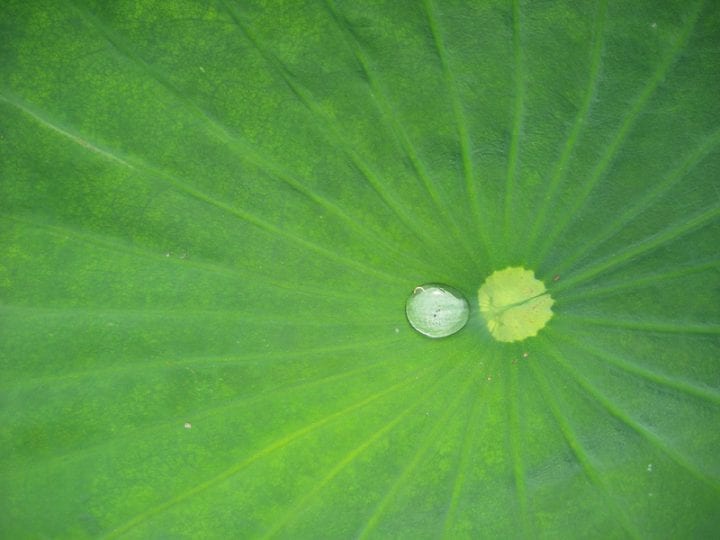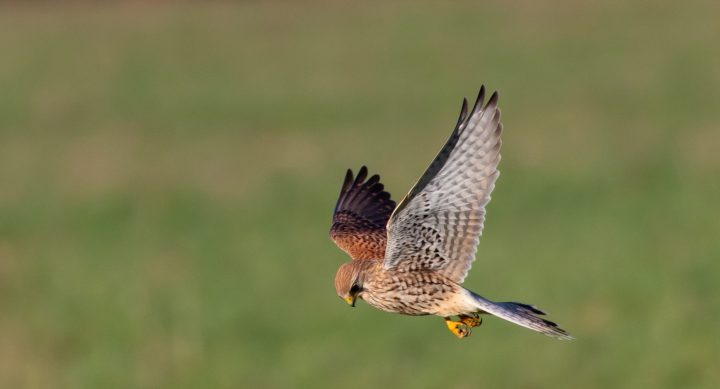Institutions and educators can combine biomimicry, STEAM learning, and hands-on activities to train young people to apply nature's solutions to everyday problems, big and small.
Getting kids to understand nature is critical for building a sustainable future. However, the best way to inspire kids is not through lectures, but through understanding the “why” and “how” behind nature’s behavior. Adults are critical to sparking enthusiasm with young minds, by helping them discover nature’s wonders. It starts with something very simple––spend time in nature and watch what is happening.
When individuals develop a deeper understanding of nature’s interconnectedness and the role each living organism—humans included—plays in maintaining ecological balance, they become more mindful of the impact of their actions, both large and small. By recognizing how each species contributes to the whole, they can appreciate the unique skills and adaptations of the natural world, and how this knowledge can be applied to create solutions that improve the world at large.
Nature Masterminds recognizes these fundamental truths. Their programs aim to teach children to see nature as a teacher and problem-solving partner, something to be respected, protected, and preserved. Rather than solely focusing on environmental education, they get kids outside looking at nature differently. By understanding nature, children start to care for it as they would a friend. Educators play a key role in this process––their excitement makes the camps engaging for students year after year.
Nature Masterminds brought this approach to institutions in Northeast Ohio and is looking to expand globally. Camps cover diverse topics from plants to flight, cultivating kids’ natural interests and curiosities and serving a broad range of institutional partners. Importantly, the activities are locally focused so children everywhere can connect the lessons to their own backyards and communities. Students might dissect plants to learn about water flow, or design solutions biomimicking the flight of birds. Instructors collaborate with experts like the Cornell Lab of Ornithology, enriching the lessons with real-world applications.
This focus on hands-on, experiential learning is key. When a child notices spiralling patterns in a spider’s web and excitedly shares her new knowledge, that sense of wonder and connection is powerful. Or when a neighborhood comes together to maintain a pollinator garden, it becomes a gathering place that demonstrates the interconnectedness of pollinators and plants. Simple experiences like these build lifelong “nature curiosity” that can spark innovation in adulthood.
Our future depends on the natural systems that sustain us, yet people often think of humanity and nature as separate. Nature Masterminds reveals how deeply we are linked to the rest of the living world. By immersing children in nature, the program inspires a sense of stewardship and empowerment.
With curiosity and care, we can sustain all life on the planet.
Climate change, loss, and other environmental crises threaten our way of life, but rediscovering our place within nature offers hope. When kids grasp the ingenuity of natural systems, they gain a sense of purpose, responsibility, and the tools to be tomorrow’s problem-solvers.
This is the power of programs like Nature Masterminds: sparking wonder and connection to create a sustainable path for humanity. It’s not about lectures or mandates; it’s about building a deep love and understanding of nature’s balance. With this foundation, the next generation will be ready to meet the challenges ahead, guided by nature’s genius.
The Collection
This collection highlights species and principles in the Nature Masterminds Series of camps and curriculum.





